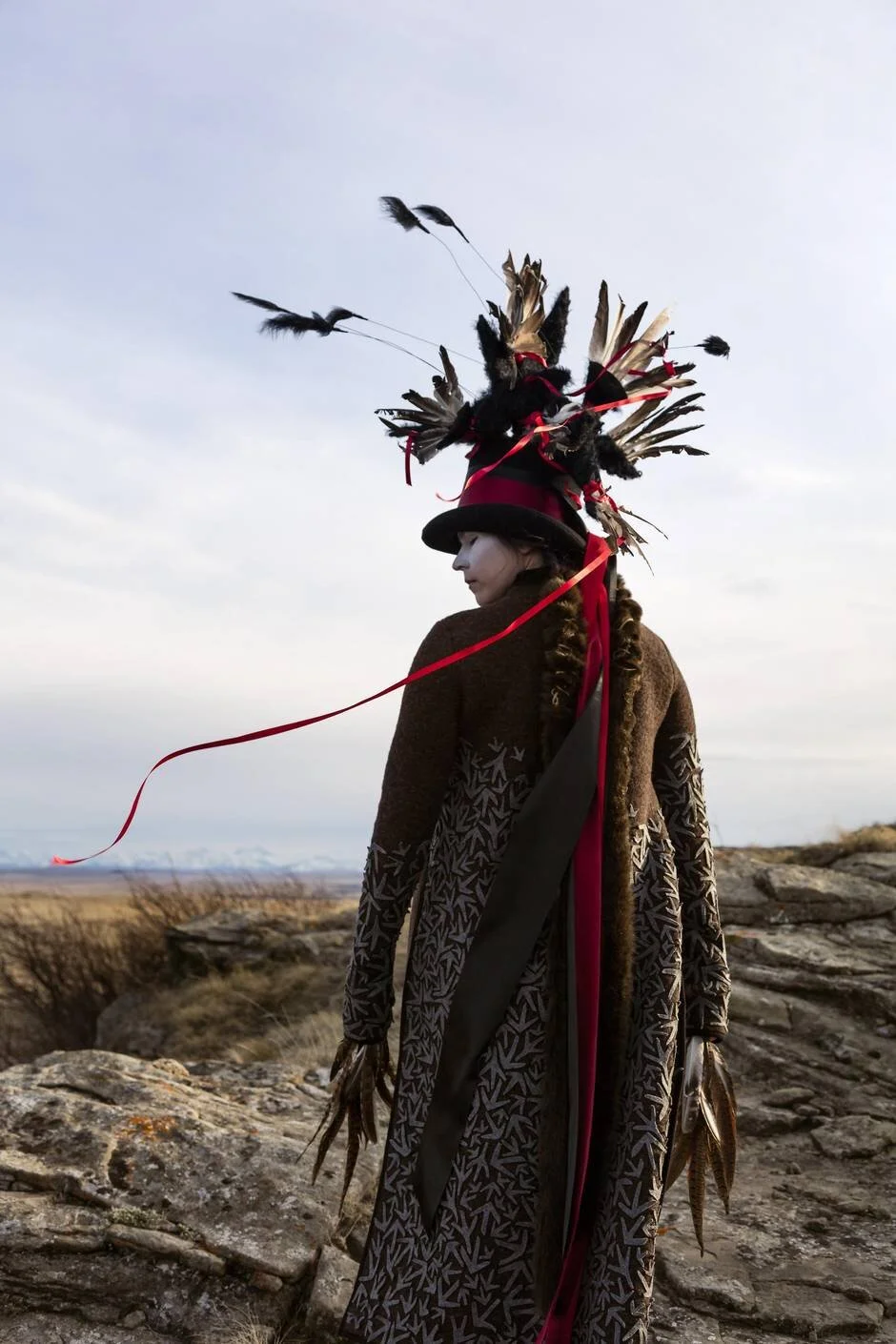Moments In Time: Modern Canadian Craft and Design
For those working in craft and design in Canada, Alan Elder is a recognizable name — as a curator, craft historian and writer. Elder’s contributions to the presentation, documentation and archiving of modern Canadian craft and design are well-known. As a curator and writer, Elder has co-edited and contributed texts to several edited collections, including A Modern Life — Art and Design in British Columbia 1945-1960 (Arsenal Pulp Press, 2004), Made in Canada: Craft and Design in the Sixties (McGill-Queens University Press, 2005) and Crafting New Traditions: Canadian Innovators and Influences (Canadian Museum of History, 2008).
In the introduction for Made in Canada, Elder examines both the role of government institutions in working toward the cultural expressions of a nation-state’s emergence as well as how designers and craftspeople responded to the zeitgeist of the 1960s, from growing environmental consciousnesses to the emergence of new technologies.
Having worked in various Canadian cultural institutions, Elder is currently extending his research practice into his doctoral studies at Queen’s University. Studio editor-in-chief Nehal El-Hadi interviewed Alan Elder online in the summer, while he was attending the Bard Graduate Center in New York City.
A Modern Life—Art and Design in British Columbia 1945-1960, 2004. Cover. COURTESY OF ARSENAL PULP PRESS.
Studio Magazine: As a curator and craft historian dedicated to Canadian craft and design, how would you describe your work, how you got here?
Alan Elder: I think I would describe myself as a craft and design historian. I include both of what is usually labelled craft and what is usually labelled design. My work looks at the period from the Second World War to the present day, because I think there was a major change that occurred in Canada at the end of the war. In that period, there have been instances of real blurring between the areas of art, craft and design. There has been a very strong studio craft tradition and a very strong industrial design tradition here in Canada, but I think those two areas tend to blur. We haven’t had the markets that the U.S. has had, so the objects that are produced can look like craft or it can look like industrial design, but it’s usually an amalgamation of those two things.
Companies really haven’t had the numbers to produce things on a large scale. You can point out exceptions to that — I’d choose Umbra as one of them — but very often, the story of production in Canada has been one that has incorporated aspects of both craft and design. Now I think that this also leads to a discussion of those works that, for me, seem to be at the intersection of art and craft. And I think today we’re seeing a lot more that falls into that area.
What I’m hoping to do with my PhD is to look at why craft and design, which I refer to as the not-so-fine arts, seem not to have been included in the histories of places like the National Gallery, the Art Gallery of Ontario and other cultural institutions in the country. And how people have, over time, tried to figure out the place of these not-so-fine arts.
A Modern Life—Art and Design in British Columbia 1945-1960, 2004. Select pages. COURTESY OF ARSENAL PULP PRESS.
SM: You were involved in some highly significant exhibitions related to Canadian craft and design.
AE: At one point in time, the Canadian Centre for Architecture, the National Gallery of Canada, and the Montréal Museum of Fine Arts decided to work on exhibitions about the 1960s because there was a feeling that this was a particularly vibrant period in visual arts and architecture. The National Gallery decided it would do an exhibition about the 1960s in Canada, the Montréal Museum looked at international visual art, and the Canadian Centre for Architecture looked at architecture, particularly in Montréal and Expo 67. I had just been hired at what was called the Museum of Civilization at that point in time and is now the Canadian Museum of History. I felt that it was a real loss for craft and design not to be represented in a more holistic way, and the Museum decided that it would partner with these other organizations.
The four exhibitions didn’t happen concurrently. The two exhibitions in Montréal happened prior to the two exhibitions in Ottawa and Gatineau, but I really felt that it was a way to bring attention to the fact that the 1960s was an incredibly important period, particularly in craft in Canada. I mean, you do get the whole back-to-the-land group, but there were so many Canadian craftspeople who arrived in the 1960s from the U.S., and craft in Canada really changed. Things like Sheridan’s program really do seem to be an outgrowth of the sort of interest in the crafts at that point in time.
The 1960s exhibition really did look at a change that happened over that period of time. Until Expo 67, the government had a great influence on the way things looked, but later in the 1960s there’s this splintering of interest: Plastics are being explored; esthetics from Nordic countries are being incorporated into Canadian production; craftspeople are interested in pottery and textiles and woodworking. So I think it was a really interesting period of time. I was really happy that we were able to do it, and it was one of the more visited exhibitions that the museum had done. And I thought that was really interesting, as far as who was going to see it. I would go into the exhibition frequently while I was on view and take a look at who was there. There were people for whom it was nostalgic. There were also people who were interested in showing something to kids. I’m amazed when I go on to Facebook groups, and see people referring to information that was included in the exhibition. People are interested in learning about the history of things that were, and are, made in Canada.
I think there’s just so much more to do.
I had a discussion with an art historian recently about colonialism and whether craft is as colonial as fine art. We didn’t come to any conclusion, but I do think that the fact that we’ve been incorporating more viewpoints — particularly Indigenous viewpoints — is important for craft in Canada these days.
This article is an excerpt and and is available in full in the Fall/Winter 2024-2025 issue of Studio Magazine.








